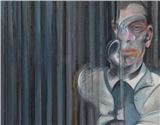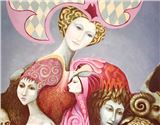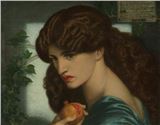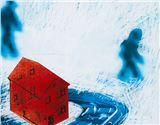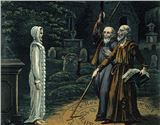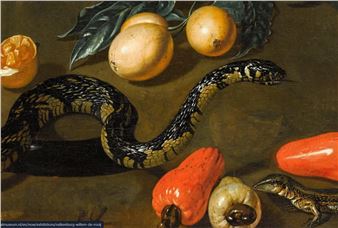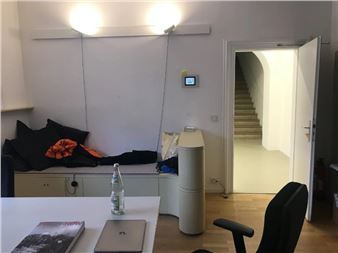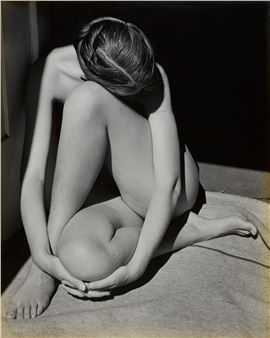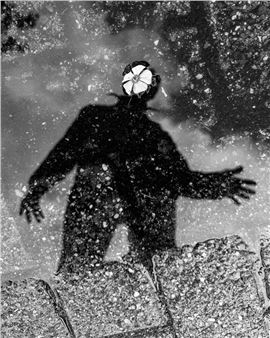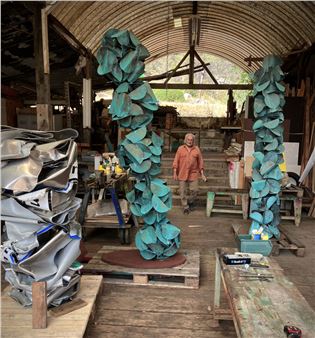Apophenia, interruptions. Artists and artificial intelligence at work
The exhibition explores some of the implications of artificial intelligence, with a focus on the role of human intelligence and intervention in creative processes, to the point of modifying AI production systems themselves. Reflections on collective memory as catalogued in national archives, an experimental investigation into the end of great narratives, a forecast of future, yet-to-be-made works of art, intimate experiences and the backwash of colonial history such are the themes that emerge in the works presented, all characterised by a lucid curiosity and all testers of this new technology that is transforming our world.
While generative AI opens avenues to transform artistic research and offer new creative tools, it also has a profound impact on the way we are now led to look at works of art. The term ÔÇ£apopheniaÔÇØ, coined in 1958 to diagnose schizophrenia, refers to a cognitive disorder that involves perceiving meaningful connections between disparate and seemingly unrelated things. Such phenomena may be compared to the erroneous connections in the object detection processes at the heart of generative artificial intelligences. Such processes, which hang between algorithmic efficiency and errors that hinder coherence, are considered here as the fertile starting point for artistic research.

Recommended for you
The exhibition explores some of the implications of artificial intelligence, with a focus on the role of human intelligence and intervention in creative processes, to the point of modifying AI production systems themselves. Reflections on collective memory as catalogued in national archives, an experimental investigation into the end of great narratives, a forecast of future, yet-to-be-made works of art, intimate experiences and the backwash of colonial history such are the themes that emerge in the works presented, all characterised by a lucid curiosity and all testers of this new technology that is transforming our world.
While generative AI opens avenues to transform artistic research and offer new creative tools, it also has a profound impact on the way we are now led to look at works of art. The term ÔÇ£apopheniaÔÇØ, coined in 1958 to diagnose schizophrenia, refers to a cognitive disorder that involves perceiving meaningful connections between disparate and seemingly unrelated things. Such phenomena may be compared to the erroneous connections in the object detection processes at the heart of generative artificial intelligences. Such processes, which hang between algorithmic efficiency and errors that hinder coherence, are considered here as the fertile starting point for artistic research.
Contact details

Related articles
An exhibition at Centre Pompidou explores the art-making process, and what can instigate it.

 ARTISTS
ARTISTS
